When Metro Vancouver’s new $110 million Coquitlam UV plant is completed in 2014, it will be more than just another utility building in the bush.
When Metro Vancouver's new $110 million Coquitlam UV plant is completed in 2014, it will be more than just another utility building in the bush.
The structure, which is targeting minimum LEED Silver, will combine all the green lessons learned at the LEED Gold Seymour Capilano filtration facility.
It will also feature a new ultraviolet (UV) system by Trojan Technologies.
Sustainability has been key in all aspects of the plant.
“It is a new way of thinking as opposed to traditional building, where there was no sustainability,” said Metro Vancouver’s Inder Singh, the UV plant project manager.
“We are not taking our resources for granted anymore.”
During the pre-construction phase at the Coquitlam site, said Singh, there was a comprehensive trapping program to remove hundreds of small creatures, such as frogs and salamanders, from the construction area.
“We had one tree with a robin’s nest and we had to leave it for a few weeks until it was clear the young were gone,” he said.
As well, the bio-diversity of the vegetation is being preserved and enhanced as non-native species are removed and replaced with landscaping featuring local flora.
“We are also saving materials,” he said.
Tree stumps in the area are being preserved to act as shelter for smaller animals, until vegetation grows back in. A salmon enhancement area has been created in a feeder stream near the building area to add to the quiet pools available for young fish.
The general construction contract was awarded to Kenaidan Contracting in July.
The company will build the operations and maintenance centre, which includes housing offices, laboratory, and meeting space, the disinfection plant, underground valve chambers to regulate water flow to mains and an upgrade of the ozone facility.
The new facility will sit between the ozone facility and chlorine plant now on site.
The site prep for the lay-down area was completed in mid-August, with the contractor moving trailers onto site later that month.
The contractor will be working in a remote sensitive area.
Kevin Husain, project manager for Kenaidan said that he considers the environment to be the largest challenge on this job. It’s a watershed wilderness area, de-watering has to occur on site and there is also the weather conditions (rain), which needs to be dealt with during construction.
Kenaidan will also be installing the UV plant.
The orientation of the UV facility is vertical and traditionally horizontal layouts are used.
The advantages at the Coquitlam plant is a smaller building footprint, reducing capital cost, long-term operating cost and environmental impact, especially with new salmon habitat nearby, said Singh.
To ensure the process will work in this configuration, physical modeling of hydraulic performance was done during the design process.
The treatment plant will have a 10 foot deep foundation and requires the removal of 80,000 cubic metres of dirt, which is being trucked to nearby BC Hydro dam sites, which is also limiting truck traffic on Coquitlam roads.
UV system will be sized to treat 1.2 billion litres (317 million gallons) of water per day.
Metro Vancouver had a list of requirements for Trojan.
These included: an energy-efficient solution with the smallest environmental footprint; reduced carbon emissions; an easy-maintenance system with low lamp count and an easy lamp-cleaning system. The system also had to install in a vertical piping network.
“Our TrojanUVTorrent is ideally suited for this application in many respects – technically, commercially and socially,” said Marvin DeVries, president of Trojan Technologies.
The system uses Trojan’s newly developed Solo Lamp, one of the most powerful light sources in the world that can be integrated into the Coquitlam installation to destroy bacteria.
Three companies were involved with the original design of the facility. CH2M Hill Canada prepared the conceptual design, with the preliminary work done by SSBV Consultants, a joint venture between Stantec, AMEC, and Black & Veatch.
A consortium, Ausenco Sandwell, performed the detailed design and construction services.
Green roofs have been incorporated into the design.
However, because of the height of the treatment plant, it was not given a green roof.
The facility also will have an electric charging station for smaller utility vehicles.
Since BC Hydro is located nearby, it will use power from that installation.
The buildings’ hydronic heating, ventilation and air-conditioning will operate by drawing heating and cooling for the buildings from water pipes, as water temperature remains fairly unchanged throughout the year.


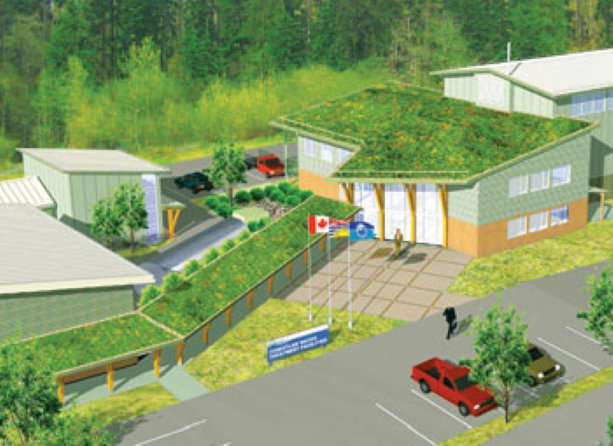
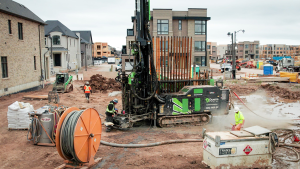
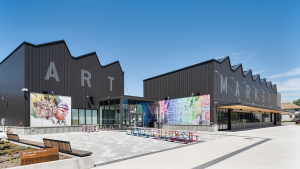


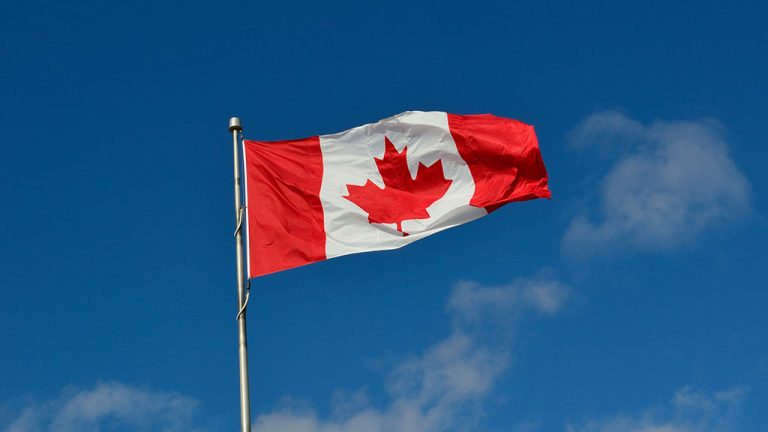
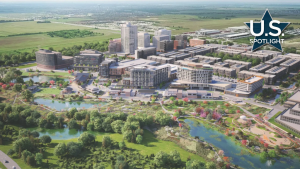
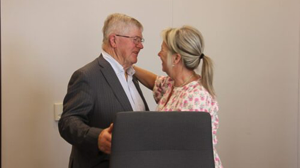
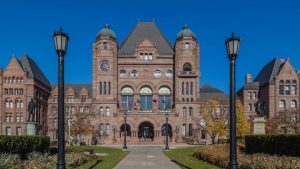
Recent Comments
comments for this post are closed